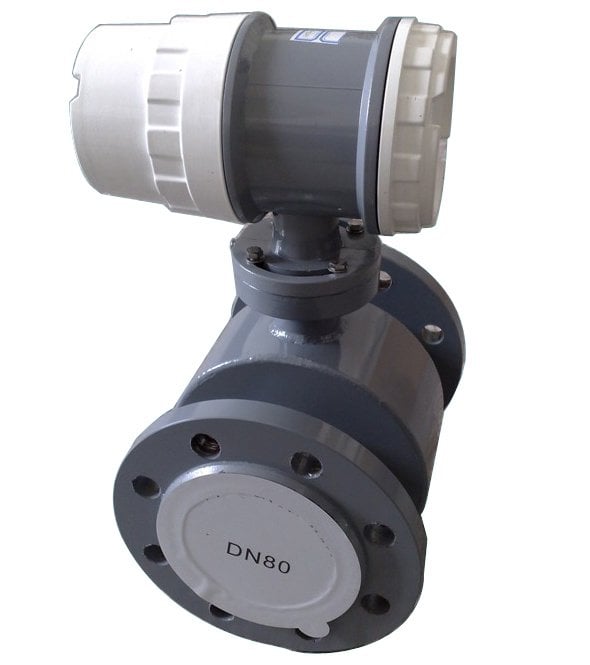
When the instrument failure, need to find the reason as soon as possible, then if familiar with the production process, instrument structure, characteristics, performance, etc. , can quickly find out the reason. If you are not familiar with these, follow these six steps to quickly detect instrument failures in future problems.
- After asking about the workmanship, then checked the Gauges
In the operator work, ask the details of the fault should be clear to ask whether the production section is normal, is the problem or the cause of the instrument. While asking questions, pay attention to the instrument changes. The recording curve fluctuates greatly from front to back and is difficult to control, which may be the reason for the process or equipment
- Go to the control room first. Second, go to the scene.
First go to the control room to understand the specific situation, the emergence of the error code or abnormal situation, to the scene of the inspection.
- First look at the gauges, then check the secondary gauges
After observation in the control room, check the instruments on site, such as the wiring department is loose, there is no water, and so on, in view of the problem to deal with
- Look outside, CHECK INSIDEFirst check the external, such as power supply, take-over whether there is leakage, pollution discharge is smooth, and so on, and then determine whether the need to open the instrument inspection
- When you’re done looking in the open, look in the dark
When dealing with the fault, first check the disc wiring, and then check the bridge or trench wiring, and so on after the first light
- Software First, HARDWARE SECOND
Now more and more intelligent instrument applications, failure, but also take into account whether there is a problem with the software settings, after the first removal, the problem is not solved, and then check the hardware
